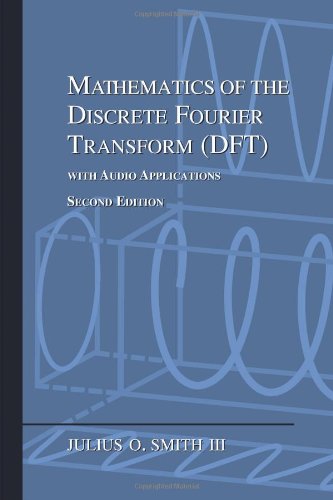The Pythagorean Theorem in N-Space
In 2D, the Pythagorean Theorem says that when ![]() and
and ![]() are
orthogonal, as in Fig.5.8, (i.e., when the vectors
are
orthogonal, as in Fig.5.8, (i.e., when the vectors ![]() and
and ![]() intersect at a right angle), then we have
intersect at a right angle), then we have
This relationship generalizes to
If
Note that the converse is not true in ![]() . That is,
. That is,
![]() does not imply
does not imply
![]() in
in ![]() . For a counterexample, consider
. For a counterexample, consider ![]() ,
,
![]() , in which case
, in which case
For real vectors
![]() , the Pythagorean theorem Eq.
, the Pythagorean theorem Eq.![]() (5.1)
holds if and only if the vectors are orthogonal. To see this, note
that, from Eq.
(5.1)
holds if and only if the vectors are orthogonal. To see this, note
that, from Eq.![]() (5.2), when the Pythagorean theorem holds, either
(5.2), when the Pythagorean theorem holds, either
![]() or
or ![]() is zero, or
is zero, or
![]() is zero or purely imaginary,
by property 1 of norms (see §5.8.2). If the inner product
cannot be imaginary, it must be zero.
is zero or purely imaginary,
by property 1 of norms (see §5.8.2). If the inner product
cannot be imaginary, it must be zero.
Note that we also have an alternate version of the Pythagorean theorem:
Next Section:
Projection
Previous Section:
Orthogonality



















